From Traveller to Tantalizing Fiction: Torchship by Karl K. Gallagher
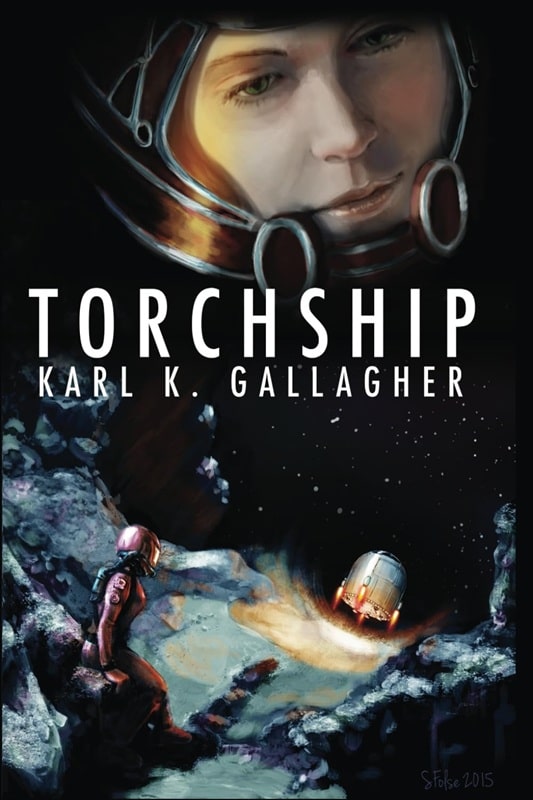 |
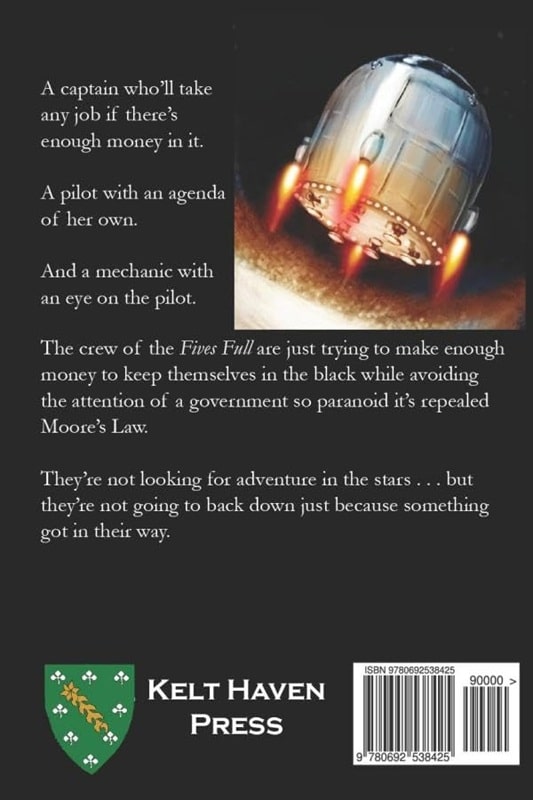 |
Torchship by Karl K. Gallagher (Kelt Haven Press, December 9, 2015). Cover by Stephanie G. Folse
In the introduction to his first collection of short fiction, Unmitigated Acts (the title comes from Rudyard Kipling’s poem “The Female of the Species”), Karl Gallagher reflects on the history of the series: “I have a fondness for ‘rag tag crew on ramshackle ship’ stories” (p. 5). His first book, Torchship, published in 2015, is exactly that kind of story. Its setting is a nostalgic one: A starship, the Fives Full, navigated with paper charts and slide rules, like something from a Heinlein juvenile!
But there’s more to this than nostalgia. Gallagher’s interstellar future has a history, one in which artificial intelligence has come to be seen as an existential threat. How to deal with this threat is a central political issue that drives much of the plot. It’s more or less in the background in this first volume; in the sequels (Torchship Pilot and Torchship Captain), the entire plot emerges from it.
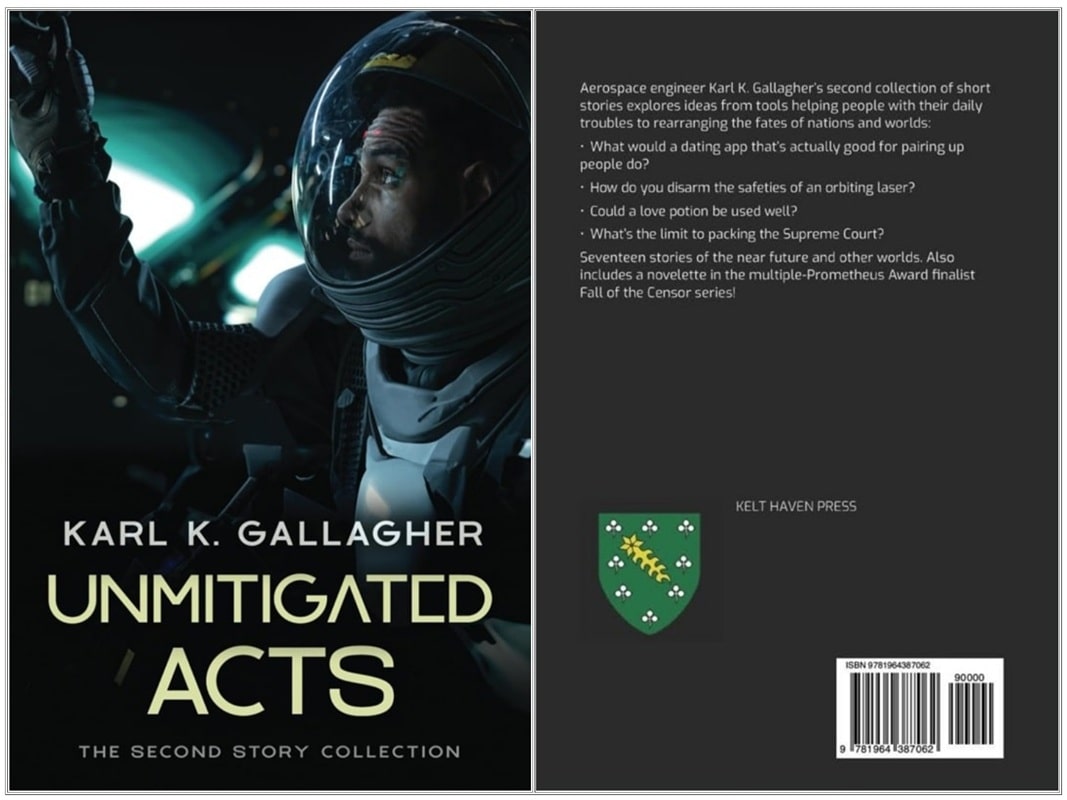
The worlds of Gallagher’s interstellar future divide into two main factions. The Fusion retain the use of digital computers, but in a strictly monitored and regulated way — just how strictly is dramatized early in the book, when two characters’ evening of shore leave is interrupted by an arrest and trial. The Disconnect simply bans digital technology entirely, which is why their pilots use slide rules. The two factions have evolved culturally on different lines, and have stereotypes about each other; when a character from a Fusion world takes working passage on a ship going to the Disconnect, a crewman laughs at the idea of anyone from the Fusion working, asks him if he’s ever seen a mop, and explains “It’s what we use in the Disconnect instead of floorbots.”
That same chapter introduces the protagonist, Michigan Long, a young woman from the Disconnect world of Akiak. Her name’s another bit of nostalgia, a nod to Robert Heinlein’s character Wyoming Knott from The Moon Is a Harsh Mistress; later volumes show this as a family tradition, based on an old paper map of North America (one of Michigan’s nieces is “Sassie,” short for Saskatchewan). We see her steering the Fusion emigrant past spaceport security, with the help of a prearranged distraction; getting him onto the ship she arrived on; and then taking a job on the Fives Full, where she remains until the end of the trilogy. This opening
stratagem shows Long’s willingness to work outside the law, but in fact there’s more to it than that, which emerges in the later plot.

This first volume’s plot is episodic, and perhaps even picaresque — Michigan certainly appears as something of a rogue or unprincipled hero! We see the Fives Full dealing with a series of difficult situations, from a tourist trip to view a gas giant close up to a pilgrimage to the ruins of Earth (destroyed by runaway artificial intelligence).
In fact, Torchship reads like a classic fixup, along the lines of Foundation or The Voyage of the Space Beagle. It turns out that it’s actually assembled from a different sort of material: Gallagher’s collection Ultimate Conclusions (a companion to Unmitigated Acts, with a title also taken from “The Female of the Species”) includes several gaming scenarios for the tabletop roleplaying game Traveller, which almost exactly match the series of encounters that make up Torchship, though the setting and the assumed technology for those encounters have been radically changed (Traveller knows nothing of “torchships”).
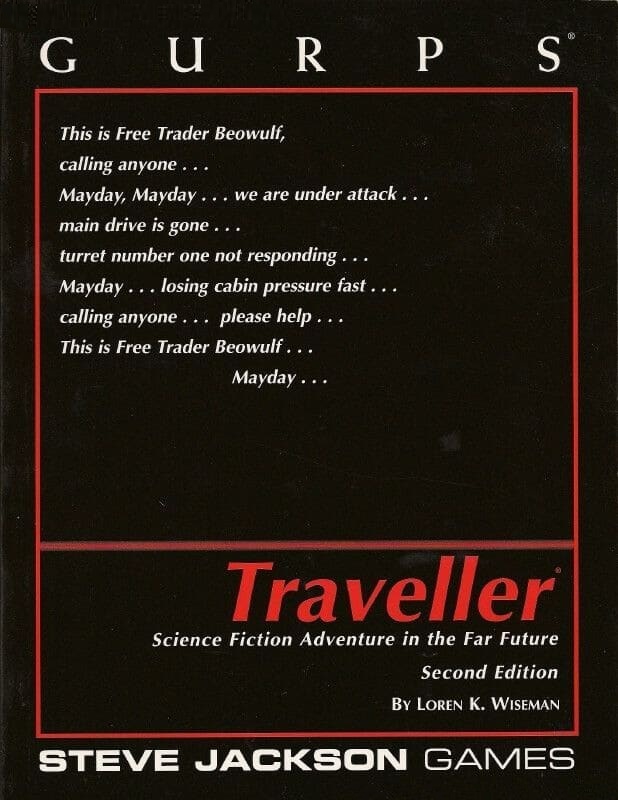
Most of Gallagher’s characters appear to have been translated directly from their game versions — the captain, Alois Schwartzenberger, the first mate, Shi Bingrong, the mechanic, Guo Kwan, and the deckhand, Billy Fredericks, are all recognizably themselves. (Actually, these appear to have been created in GURPS Traveller rather than in the original game from the 1970s.)
Perhaps after being played in a few game sessions they came to life (an experience I’ve had, though I don’t aspire to fiction!). Only one game character, Wang Jisi, the pilot, seems to have been dropped, and the game version of Michigan has acquired his piloting skills in the course of her promotion to protagonist. At the same time, she has acquired a different unhappy past that provides her with a complicated set of motives and conflicts.
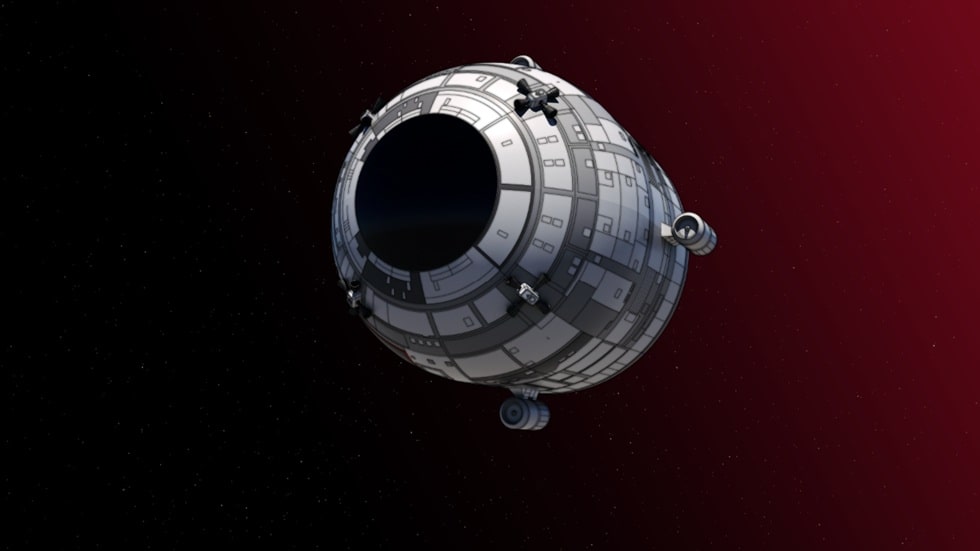
The mixture of northern European and Chinese names is an important feature of Gallagher’s new setting; English and Mandarin are its dominant languages, and one of the crew, Guo Kwan, emerges as a student of Confucianism and Chinese literature (he reads the classic novel Romance of the Three Kingdoms aloud to Michigan, translating from the Classical Chinese). Tensions between the two will emerge as a major issue within the Fusion in later volumes.
The Disconnect seems to have more variety: Michigan’s home planet of Akiak is a frontier world emerging from an ice age as a result of incomplete terraforming; Bonaventure auctions off seats in its legislature, though many of them go to representatives of organizations — Captain Schwartzenberger is a former senator chosen for office by his guild; Fuego, Shishi, and Turner have other exotic systems that emerge in the later volumes. This has some of the flavor of Traveller, where a world’s political system is determined by a dice roll, but it also resembles the sort of classic science fiction where each solar system is a new exotic culture — the kind of thing that Jack Vance often wrote, for example.

Out of this episodic narrative, though, several more sustained plots and themes emerge in this novel. We see the threat of hostile artificial intelligence explored, and the fate of Earth addressed. We see Michigan become part of the crew of the Fives Full, and develop a bond with Guo Kwan, in particular. And we see her hidden motives revealed and explored, and become a source of conflict.
All of these help set the reader up for the later volumes, where they can be explored in a more sustained way. These elements may have started out as subtext in a story about “rag tag crew on [a] ramshackle ship,” but by the end of the first volume, they have come into the open, in a dramatic confrontation that both ties things together and leaves the reader wanting more.
William H. Stoddard is a professional copy editor specializing in scholarly and scientific publications. As a secondary career, he has written more than two dozen books for Steve Jackson Games, starting in 2000 with GURPS Steampunk. He lives in Lawrence, Kansas with his wife, their cat (a ginger tabby), and a hundred shelf feet of books, including large amounts of science fiction, fantasy, and graphic novels. His last article for us was a review of Carbonel, the King of the Cats by Barbara Sleigh. See all of his recent reviews here.